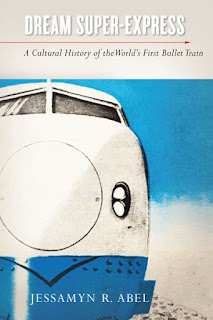Stivers applied the “Page 99 Test” to her new book, The Book of Answers: Alignment, Autonomy, and Affiliation in Social Interaction, and reported the following:
If we open The Book of Answers to page 99, a reader learns the heart of the difference between answering a yes-no question with a “Yeah” type answer versus answering it with an “Of course” type answer. The difference hinges on whether the person answering the question does anything more than going along with the questioner’s agenda, agency, and design. Why might it matter? Well, let’s make this concrete with a question like “Do you wanna grab lunch?” Whereas “Yeah” goes along with the proposal hook, line, and sinker, “Of course” does something a little different: with that response, the answerer contests that the question didn’t really need to be asked because “No” wasn’t really a possible answer.Learn more about The Book of Answers at the Oxford University Press website.
The page 99 test gives the reader a sense of this book’s mission. It happens to be partly a summary of the most common type of answers people given to yes-no questions: Yeah/Mm hm type answers or what I call “Unmarked interjections”. As such, the summary gives the reader a short version of that baseline type of answer and we get a brief introduction to one of the more unusual types of answers that contrast with unmarked interjections, “Marked interjections” like “Of course” or “Absolutely.”
At the heart of The Book of Answers is the idea that even something as small as a one or two-word answer to a simple yes-no question is part of how we build, maintain, or tear down our social relationships. Answers to the question of grabbing lunch like “Yeah”, “Mm hm”, “Sure”, “Okay”, “Of course”, “Definitely” or even “I do” or “Tomorrow” are all part of our continual interactional calibrations bringing us closer or making us more distant from those in our lives because we do a lot of our relating to one another through question-answer exchanges.
--Marshal Zeringue

























